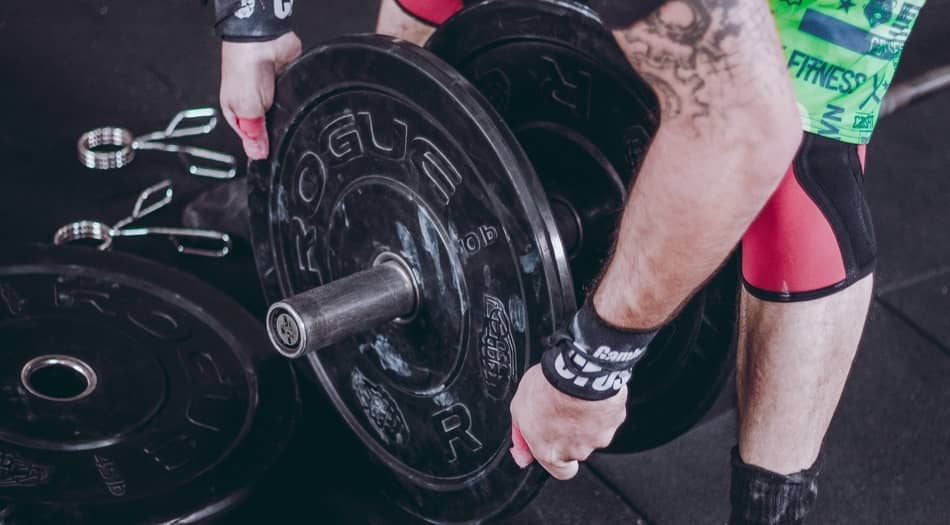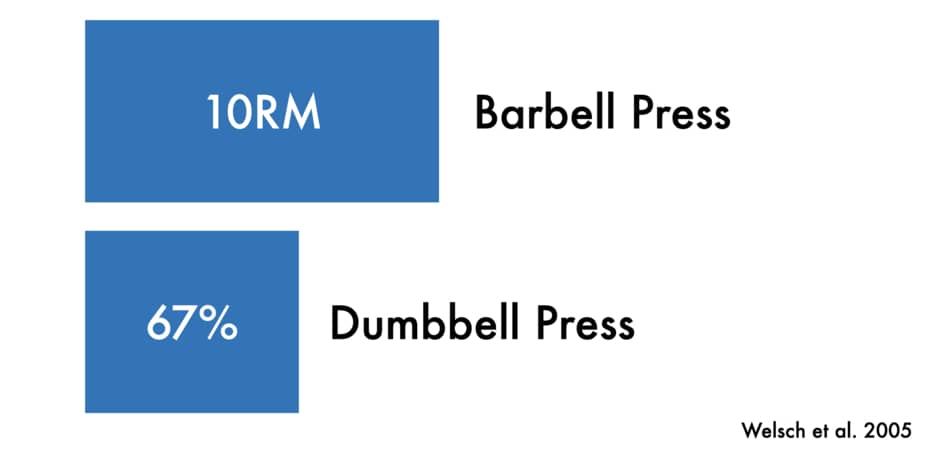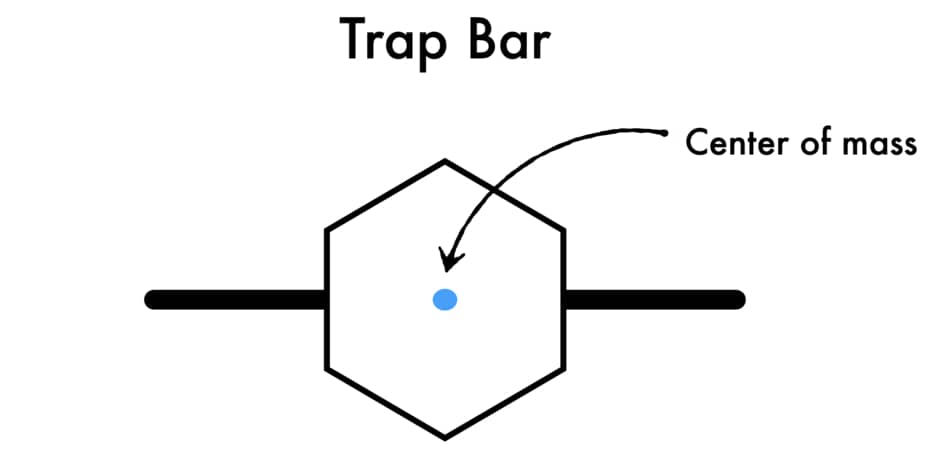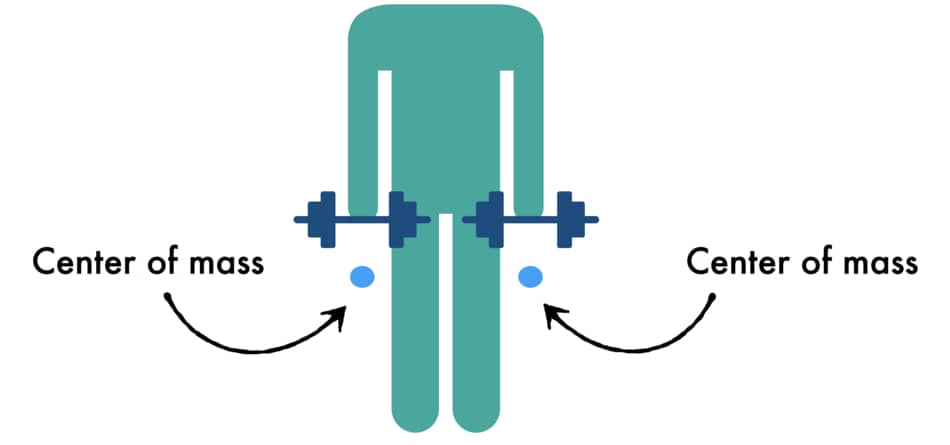One exercise that I haven’t done much of lately (but I should) is the trap bar farmers’ walk (especially after two-plus crazy years of lockdowns, travel bans, and social distancing). Today I will clarify if you can use a trap bar for the farmer’s walk, and if so, what are the benefits.
As a whole, you can use a trap bar for the framer’s walk, as long as the hexagon in the middle is big enough to walk. Most of the trap bars have the bar stock welded into a hexagonal shape, which should have enough space not only to stand in the middle but also to carry the weight.

I will also explain the difference between doing farmers’ walks using a trap bar vs dumbbells.
Is A Trap Bar Good For Farmers Walk?
Traditional farmer’s walks are awesome for building grip strength, core strength, powerful traps, and big shoulders. However, you can transform your standard loaded carries into a full-body workout simply by changing dumbbells for a trap bar.
Is trap bar good for farmers’ walk? Overall, a trap bar is good for farmers’ walks because it allows for greater stability, compared to kettlebells or dumbbells. Carrying a more stable load not only allows you to generate more force but also lift heavier weight.
Take a look at the studies below (for those who need solid proof).
Dr. Elizabeth A Welsch from the Truman State University in Kirksville documented 12 men and women who performed chest press exercises using stable vs unstable load (that would be barbell vs dumbbells). The researchers also measured electromyographic activity in the muscles (Welschet al. 2005).

As you can see from the graph above, the 10RM dumbbell bench press was 33% lower, compared to a barbell bench press (a big difference).
Another study, this time from California State University has documented that 10RM dumbbell loads were approximately 15% lower, compared to the barbell loads in the overhead press (Kohler et al. 2010).
Pretty cool, right?
And while I’m not an expert on sports science, I think we can both agree there is a huge difference in how much weight you can carry, depending on whether you choose to use dumbbells vs barbell.
Trap Bar Farmers Walk Muscles Worked
In general, the trap bar farmers’ walk is a full-body compound movement that is divided into three phases: lifting the load, carrying the load, and lowering the load.
- Lifting the load – The trap bar farmers’ walk lifting phase looks the same as the trap bar deadlift. The muscles that work during that phase are the glutes, hamstring, quadriceps, erector spinae, traps, and upper back.
- Carrying the load – During the carrying phase, the body switches from isotonic contraction to isometric contraction (where the muscles are activated, but there is no movement at the joints). Trap bar farmers’ walk activates forearms, shoulders, upper back, trapezius, quadriceps, hamstrings, calves, and core.
- Lowering the load – The last phase of the farmer’s walk is similar to the eccentric phase of the deadlift. During the eccentric contraction of the trap bar farmers’, the primary movers are glues and hamstrings.
Are trap bar farmers walks good for traps? As a whole, trap bar farmers’ walks are good to build all sections of the trapezius muscles. To build traps with the trap bar farmers walk, focus on adding more weight versus increasing the duration of your walks.
I won’t be covering here all the benefits of having big traps. I’ve already covered that in my article where I compare big traps and small traps, which I recommend you read.
Trap Bar vs Dumbbell Farmers Walk
The difference between trap bar farmers’ walk and dumbbell farmers’ walk is that the trap bar offers more stability, therefore it’s easier to perform. During the trap bar farmers’ walk, the center of mass of a barbell will be approximately in the center of the hexagonal bar, which allows to evenly redistribute the weight.
Here’s how it works.
- The center of mass (also referred to as the center of gravity) is the point where the mass of the object is concentrated.
- Thanks to the unique design of the trap bar, when you pick up the load, the center of mass of the trap bar is in the middle of the hexagon, aligned close to your body.
See the graph below.

- As you can see, the center of mass is concentrated directly on the body.
- This means the body needs to activate the muscles around the spine (traps, lats, forearms) as well as the core and legs to resist and hold the weight.
Concentrating the weight on the spine allows you to engage more muscle groups and recruit larger motor units. This means you are able to lift more weight which translates into better muscular adaptations and results.
On the other hand, when you pick up the dumbbells, each dumbbell has its own center of gravity concentrated directly under your hands, arms, elbows, and shoulders.
See the graph below.

As you can see, the center of gravity under each dumbbell put the resistance not directly in the middle of the body, but on your arms and hand. Plus, concentrated weight is much smaller compared to the trap bar.
This will result in greater pressure on your forearms and shoulders, not on the spine.
I think that dumbbells farmers walk is more difficult than trap bar farmers walk because they require more strength in arms and shoulders, as well as more core stabilization to ensure proper control of the weight.
On the other hand, trap bar farmers’ walks offer more stability, therefore, can be done with a heavier load.
Which one should you do? As a whole, you should do a trap bar farmers’ walk if your goal is to maximize adaptations in muscular strength and hypertrophy, as well as burn a few extra calories. However, if your goal is to build forearms and improve grip strength, I recommend using dumbbell farmers’ walk.
Benefits Of Using Farmers Walk With Trap Bar
There are numerous benefits of using a trap bar for farmers’ walks, instead of traditional kettlebells or weights.
- Improved daily living – Compared to traditional machines, trap bar farmers’ walk is a functional movement, which means it not only helps to increase muscle mass, bone mineral density, and reduce fat percentage, but also transfers these adaptations into daily living.
- Improved body composition – Trap bar farmers’ walk enables to carry a heavier load, which translates into additional stresses on the cardiorespiratory system and metabolic rate. This means you can not only burn more calories during the workout but also elevate your heart rate higher to stimulate EPOC and the afterburn effect.
- Hypertrophy – Trap bar farmers’ walk, as a part of the well-planned resistance training program, can be an effective way to maximize muscle growth.
- Higher testosterone levels – Loaded carries with the hex bar can elevate anabolic hormone concentration (e.g. testosterone), which helps with heightening muscle protein synthesis.
- Good for people with knee pain – Loaded carries are perfect for people who have knee pain and are looking for an alternative from squats, deadlifts, or weighted steps.
How To Do Trap Bar Farmers Walk
Now you know how cool the trap bar farmers walk are, and what are the benefits. However, to do this exercise safely, you also need to know how the heck to do it right with the correct form.
Below you can find a video from Paul Carter on how to do trap bar farmers walk.
How Often Should You Do Trap Bar Farmers Walk?
The good thing about the trap bar carries is they are versatile and can be used in several different protocols. For example, you can do trap bar farmers walk 3-4 times per week as a part of your main workout program, or once to twice per week as a part of your strength and conditioning.
It can also be done as a part of your warm-up or Metcon, just at the end of your training. For example, I like to use frame carriers to activate the central nervous system and boost my performance.
I also use it at the end of the workout as an alternative to uphill walking, especially if I run out of time or all the treadmills are taken in the gym.
How long should you do a trap bar farmer’s walk? Overall, trap bar farmers walk can be done in many duration protocols that range from 30 seconds per round, to even 2-3 minutes, depending on the weight. During conditioning workouts, you can use trap bar farmers to walk together with one more exercise (e.g. squat) and perform the two for the duration of 30 minutes, back to back.
How Much Weight For Trap Bar Farmers Walk?
One thing that I love about the trap bar farmers walk is that you can either reduce the weight and focus on the distance (assuming your gym has enough space), or you can add more load and walk shorter walks.
Both are good.
How much weight for trap bar farmers walk? As a whole, the trap bar farmers walk is a compound multi-joint exercise, which means you can load heavier weight on the bar. Beginners can use 0.5 to 0.75 x bodyweight, whereas advanced lifters can use 1.0 to 1.5 x bodyweight.
Of course, these are just the estimates taken from years of experience. There is no clear guidance about how much weight should you do the farmers’ walk because this exercise is versatile. At the same time, not many people including trap bar farmers walk into their weekly training plan.
Also, please remember that a good trap bar is heavier than an Olympic barbel, so keep that in mind when calculating your weight to carry.
How much does a trap bar weigh? On average, good quality trap bars weigh either between 25kg to 30kg (55 lbs to 66 lbs). The trap bars have a hexagonal or diamond shape, which requires to use of more metal, therefore, they are heavier than Olympic bars.
Trap Bar Farmers Walk Strength Test
One of the cool ways you can use trap bar farmers’ walk is the strength assessment. To perform this exercise load the bar with 1.0 x bodyweight (or more) and carry the load for as long as possible.
- Start by deadlifting the weight making sure your core is engaged, your feet are pointing straight and your neck is in a neutral spine position.
- During the trap bar farmers’ walk strength test, ensure your shoulders are stable, as well as have good control on the hips. Also, your steps should be short and core activated throughout the whole time.
- After you finished the movement, write down the weight that you used, as well as the distance. You can repeat the test once every 8-12 weeks.
Here is an example of how to use a trap bar farmers’ walk as a strength test from Dr.John Rusin.
Conclusion
As you can see, you can do trap bar farmers walk as an alternative to the traditional loaded carries. The hexagonal barbell allows for adding and carrying more weight and redistributing this weight evenly, which in return helps to ramp up your metabolic rate and muscle protein synthesis.
In a nutshell, this movement variation is powerful and perfect for people who are looking for a more profound hypertrophy response.
